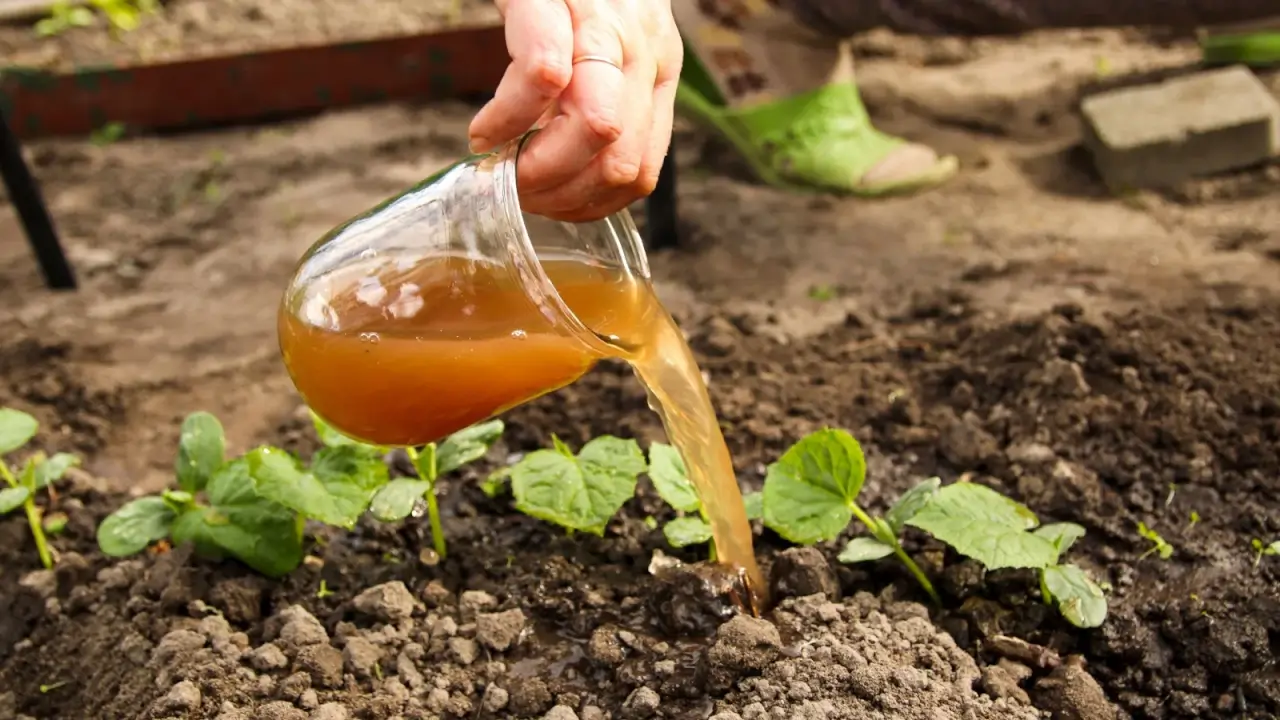
"Have you heard of using cricket shells to improve crop yields? If so, you've heard of biostimulants. These natural materials, designed to nurture plant health, have become more popular recently, leaving growers wondering what the fuss is about. The truth about biostimulants is that they have shown promise, but they don't have the same reputation that fertilizers do. When it comes to biostimulants vs. fertilizers, understanding the crossover and divergences is important. It's also important to understand which makes the most sense for your farm."
"The best definition we have comes from the European Biostimulants Industry Council, which defines them as organisms that stimulate the natural processes of plants. These processes include: Nutrient uptake Nutrient use Tolerance to stressors There are multiple categories of biostimulants. Most farmers already know about humic and fulvic acids, which come from the decomposition process of various natural materials. Seaweed extracts, manure teas, and beneficial bacteria and fungi are other commonly used biostimulants."
Biostimulants are natural substances or organisms that stimulate plant processes such as nutrient uptake, nutrient use efficiency, and stress tolerance, per the European Biostimulants Industry Council definition. Common biostimulants include humic and fulvic acids, seaweed extracts, manure teas, and beneficial microbes. Effective use improves root growth, soil water-holding capacity, and microbial activity, and can complement fertilizers. Fertilizers are organic or synthetic inputs that increase soil nutrient availability and are widely used in large-scale and home gardening. Biostimulants show promise but lack fertilizers' longstanding reputation; renewability varies across biostimulants, informing choices for regenerative farming.
Read at Modern Farmer
Unable to calculate read time
Collection
[
|
...
]